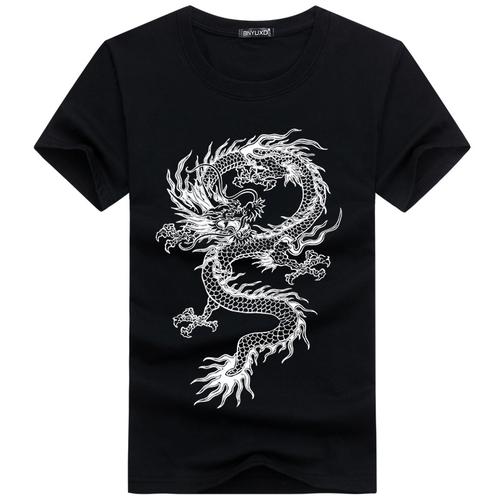Various textile fabrics refer to fabrics obtained through different textile processes. They can show various effects and characteristics. The following are some common textile processes that change the effect of fabrics:
1. Satin treatment: Through special weaving methods and material selection, the fabric can be made to appear Produce smooth and shiny effects, such as satin, satin, etc. This treatment is often used to make high-end clothing and homewares.
2. Rinsing and pickling: Through soaking, rubbing and other processing methods, the fabric can be made to have holes, mottled or faded effects, creating a retro look. , fashionable style. This treatment method is commonly used in denim, casual clothing, etc.
3. Printing and dyeing: Through printing and dyeing technology, various patterns, patterns and colors can be added to the fabric to create rich and diverse effects. Different printing and dyeing methods can show effects such as washing, pleating, gradient, and splicing.
4. Embroidery and hollowing: Exquisite patterns, patterns and decorative effects can be formed on the fabric through embroidery, cutting or perforation. This treatment is commonly used in custom clothing, high fashion, and home accessories.
5. Fabric hot stamping and fabric bows: Through hot stamping and special weaving methods, effects such as metallic luster and three-dimensional bows can be formed on the fabric to make the fabric appear Produce gorgeous and exquisite effects. This treatment method is commonly used in wedding dresses, gowns, decorations, etc.
In short, through different textile processes, the texture, appearance and touch of the fabric can be changed, and a variety of fabric effects can be created. These changes enrich the expressive power of fabrics and meet consumers’ needs for personalization, fashion and art. At the same time, textile technology also provides designers with more creative space, making fabrics one of the important elements of clothing and home decoration.








